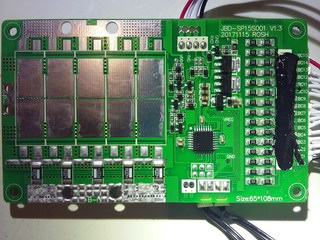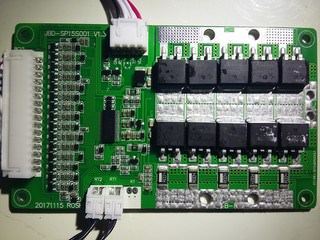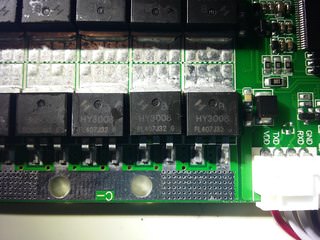casainho
10 GW
- Joined
- Feb 14, 2011
- Messages
- 6,058
ninja007 said:I have a couple of these, and some of the other BMSs from this company on the way for testing, let me know if you want more information on the boards, I'd be happy to share once they arrive. I'm interested in getting the Bluetooth outputs modified into a more user friendly interface for some packs I am working on.
I put my notes about this BMS here: https://opensourceebikefirmware.bitbucket.io/Smart_BMS_with_bluetooth.html
ninja007, maybe you could take better quality pictures to the board that shows the ICs references?? also pictures to the bluetooth module??








